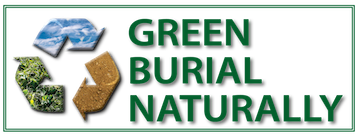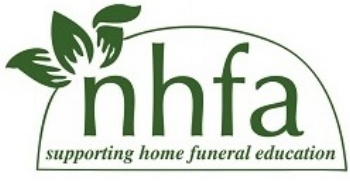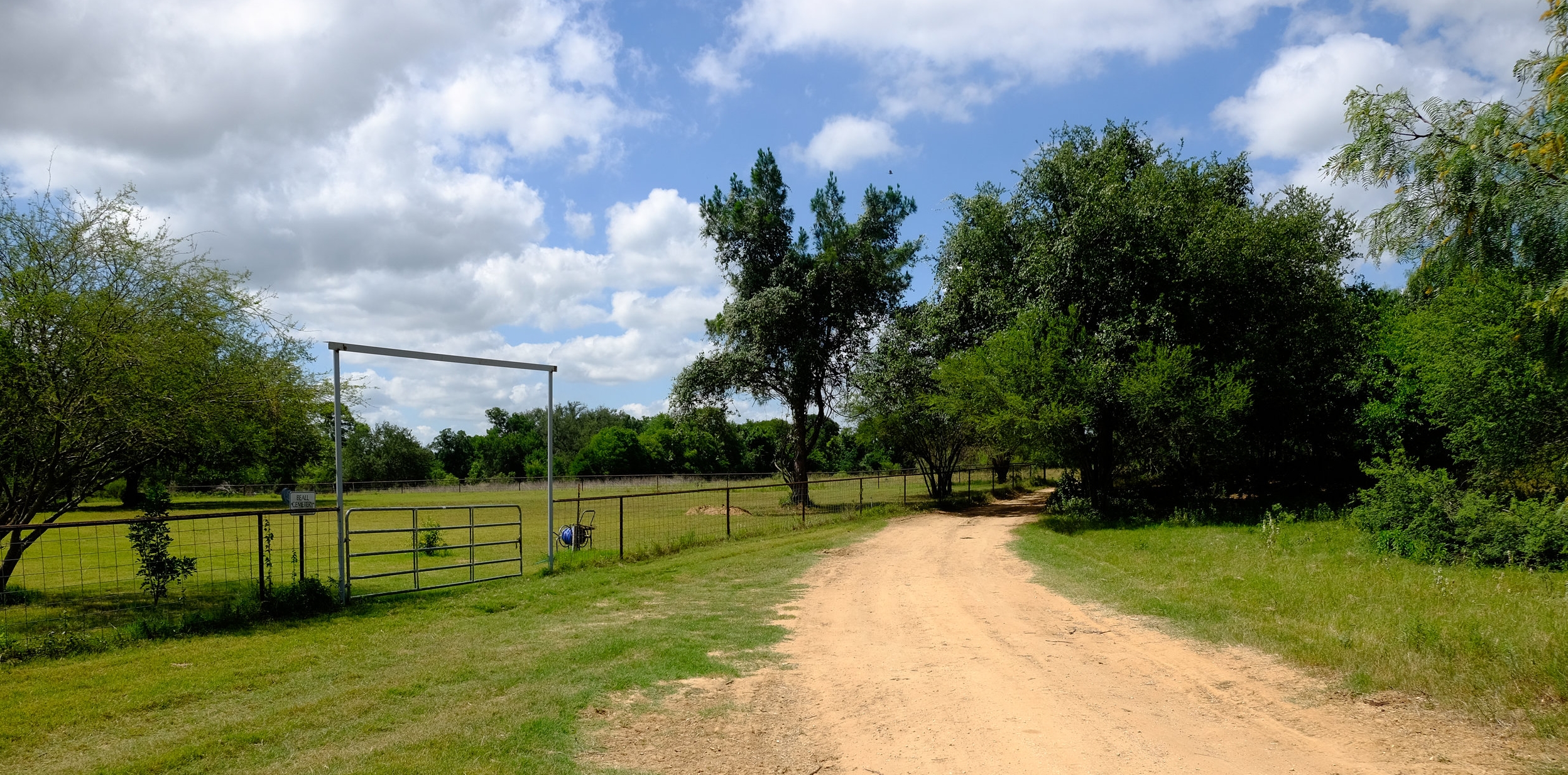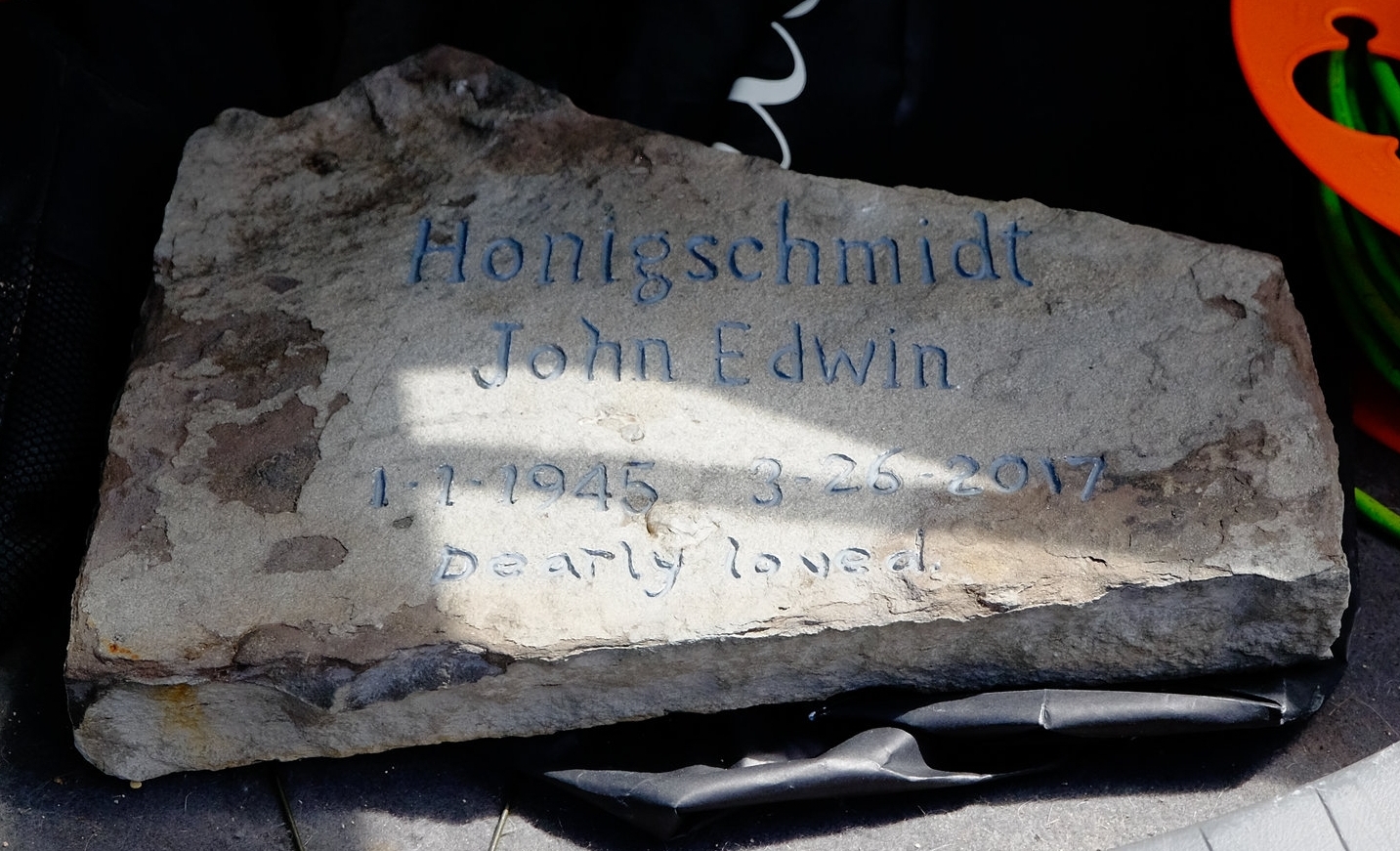It's been a busy time in the green burial movement. Symposiums, town meetings, articles in big and small newspapers, and a bunch of new cemeteries to add to The Natural Burial Cemetery Guide. To update the 2017 digital editions I've added 17 cemeteries. An additional eleven are not quite ready to open, decided their operations weren't a good fit for the guidebook or simply didn't answer my query. Only one had to be removed, and that was because the owner died and though existing contracts are being honored there will be no new contracts for plots sold. Considering the book had 126 cemeteries as of last fall, this is a 21% increase in cemeteries. Not bad!
Another measure of green burial's health is the attitude of the people involved. My impetus for writing the guidebook came from research for a more general book starting five years ago, when it took at least a month to open a dialogue with a cemetery and complete an entry. I recently completed the process with Chassell Cemetery in the Upper Peninsula of Michigan from start to finish over three days last week! I think cemeteries are more eager to promote themselves and their options as they see public interest soar. I'm also more efficient with understanding what's needed, and comments from readers help focus on what is useful and of interest.
2017 was a time for expanding my firsthand knowledge of the cemeteries. Burial grounds with green options exist in at least 40 states and the District of Columbia. This is up two. Last year my husband and I toured up the Hudson River Valley and down through the coastal states of the South, checking places out, taking lots of photos and using the book as a guide ourselves. Where possible we met with the people who run the cemeteries. The photo at the top of this article shows me with Glenn Jennelle, manager of Duck Run Natural Cemetery in Penn Laird, Virginia, the heart of the Shenandoah Valley.
Responding to criticism by a judge in a book contest who really liked it, I've made the tables of content interactive in all regions and the complete guide. This means readers can navigate to features through clicks, and not just scrolling. As ever, Tom Bailey partnered the guide, both as photographer and book designer.
Thanks to all of you who read my blog and help spread the word about green burial, especially by creating community.
If you previously purchased a digital guide, look for an email containing a link to download a free update. This applies to people who bought the bundle. The print edition will not be updated at this time.
If you haven't already purchased a guide, there's no time that's not a good one to do so.


















